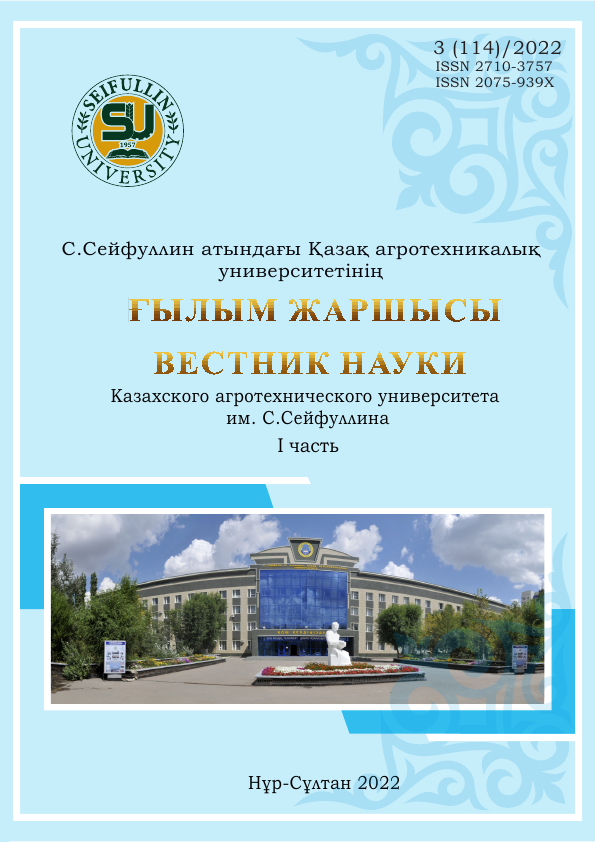ANALYSIS OF RISK FACTORS FOR SPREAD OF PESTE DES PETITS RUMINANTS IN THE REPUBLIC OF KAZAKHSTAN
DOI:
https://doi.org/10.51452/kazatu.2022.3(114).1122Keywords:
Peste des petits ruminants; risk analysis; risk factors; epizootic situation; small ruminants; zoning; Kazakhstan.Abstract
Peste des petits ruminants (PPR) is a viral transboundary disease that causes significant damage to agriculture. The article is devoted to study the susceptibility of the Republic of Kazakhstan territory to PPR spread in case of its introduction from the border territories. To identify the relationship between the number of outbreaks in each administrative district and a set of predisposing factors, a negative binomial model was applied. A number of socio economic, landscape and climatic indicators were considered as explanatory factors. In general, the applied model showed the low suitability of the Kazakhstan territory for spread of PPR. But at the same time, three clusters of districts were identified, in the south, northeast and west of the country, with an increased predicted number of outbreaks. The study results can be used to form a national strategy for PPR prevention of introduction and spread in Kazakhstan through targeted monitoring in high-risk areas.

